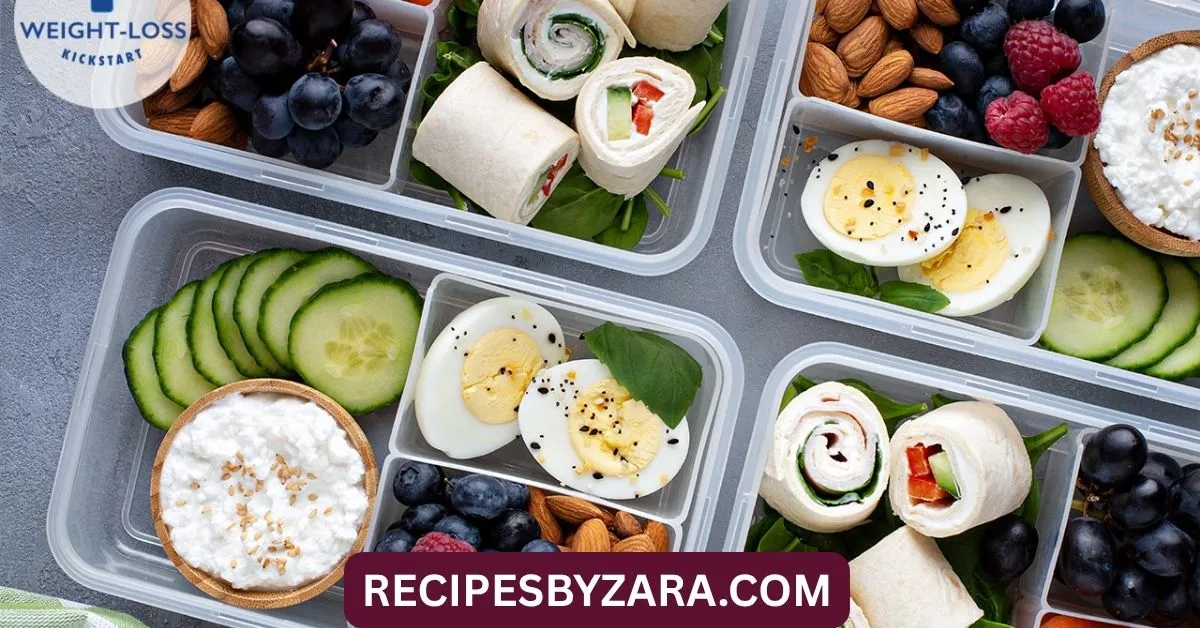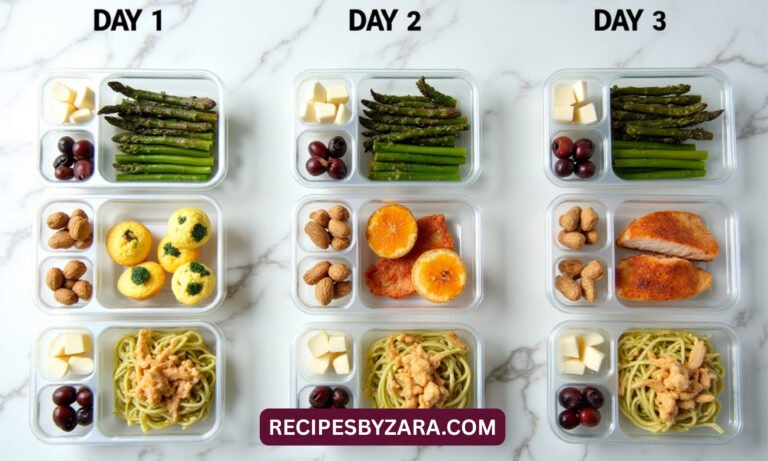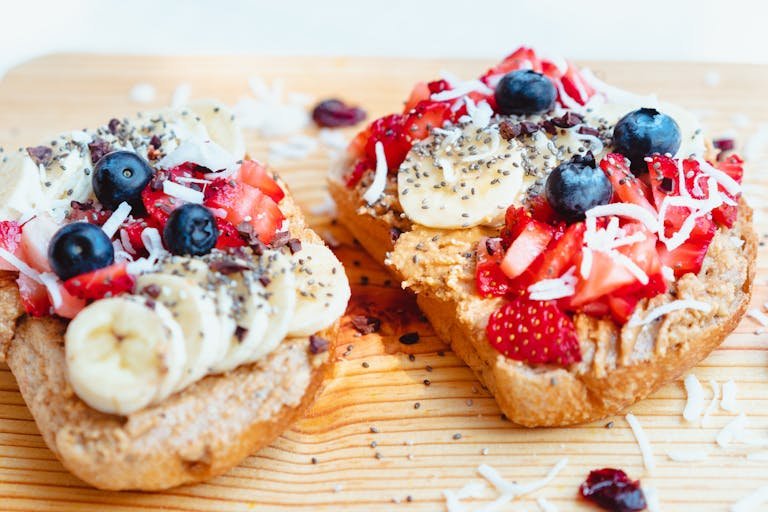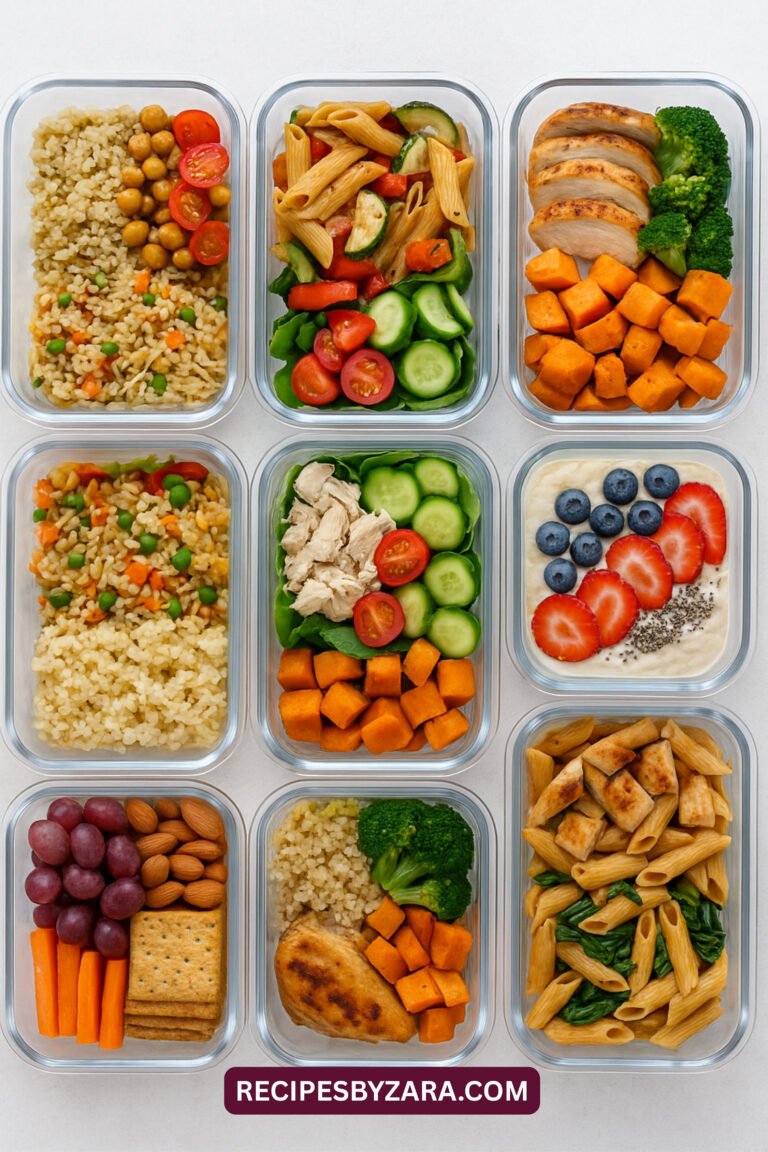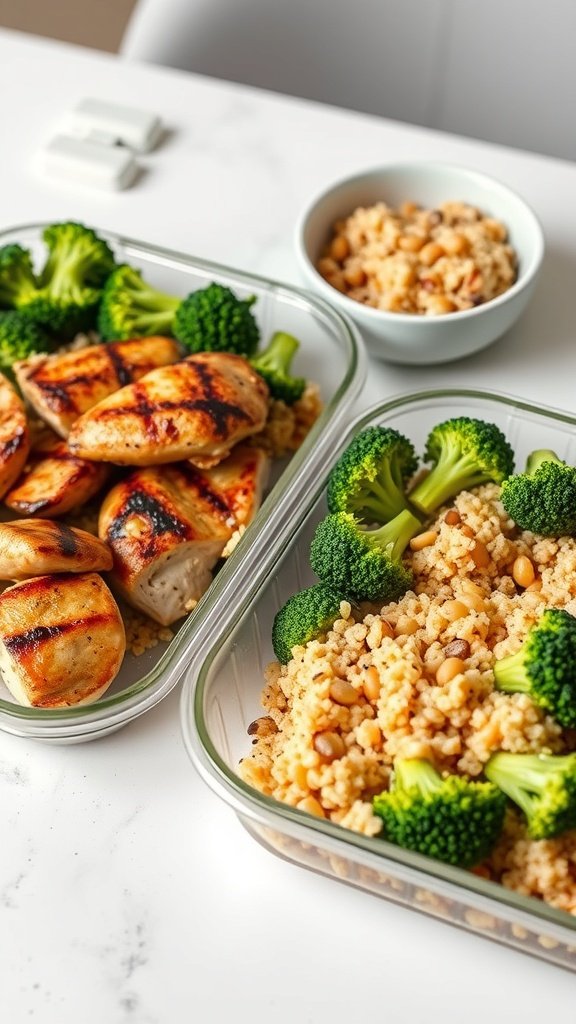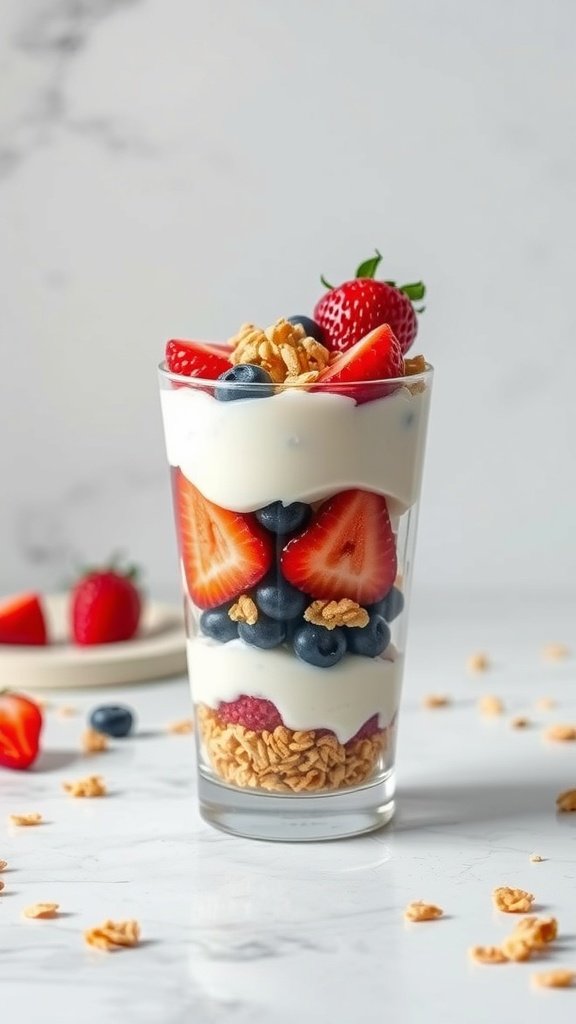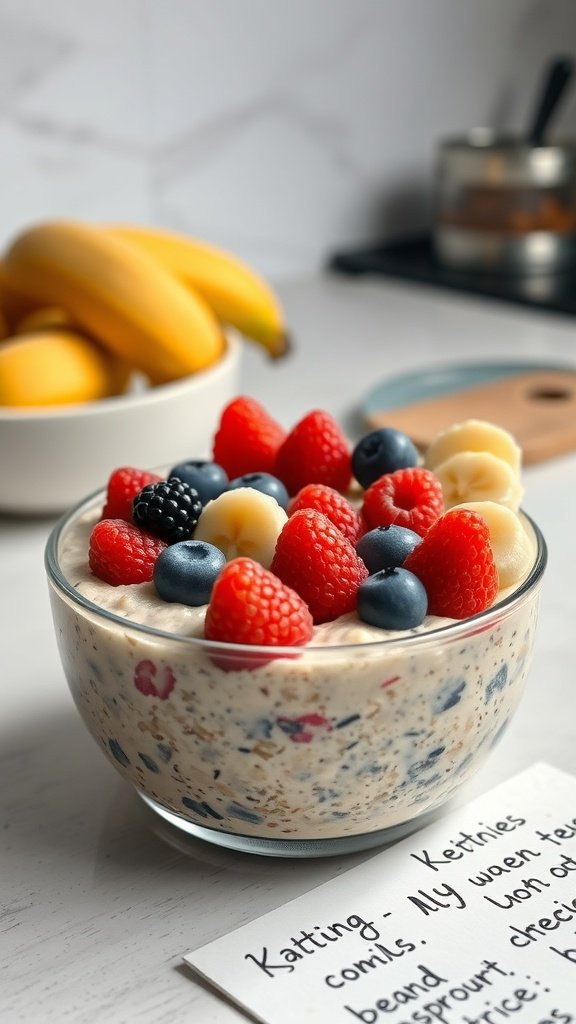How to Start Healthy Meal Prep for Weight Loss: A Beginner’s Guide
Kickstart your weight loss journey with smart and simple healthy meal prep strategies. Learn how beginners can plan, cook, and portion meals to lose weight efficiently and stay consistent.
Starting a weight loss journey can be overwhelming, especially when it comes to figuring out what to eat and when. One of the most effective and sustainable methods for weight management is healthy meal prep. It helps save time, reduce food waste, and most importantly, allows better control over calorie intake and nutritional quality.
For beginners, healthy meal prep simplifies the entire process of eating clean and staying on track. With proper planning and organization, even those with busy schedules can benefit from batch cooking and portioning their meals.
This comprehensive guide will walk you through the fundamentals of how to start healthy meal prep for weight loss, including goal setting, planning, grocery shopping, cooking, and maintaining consistency. Whether you’re new to this or just need better structure, you’ll find everything you need right here.
1. The Basics of Meal Prep
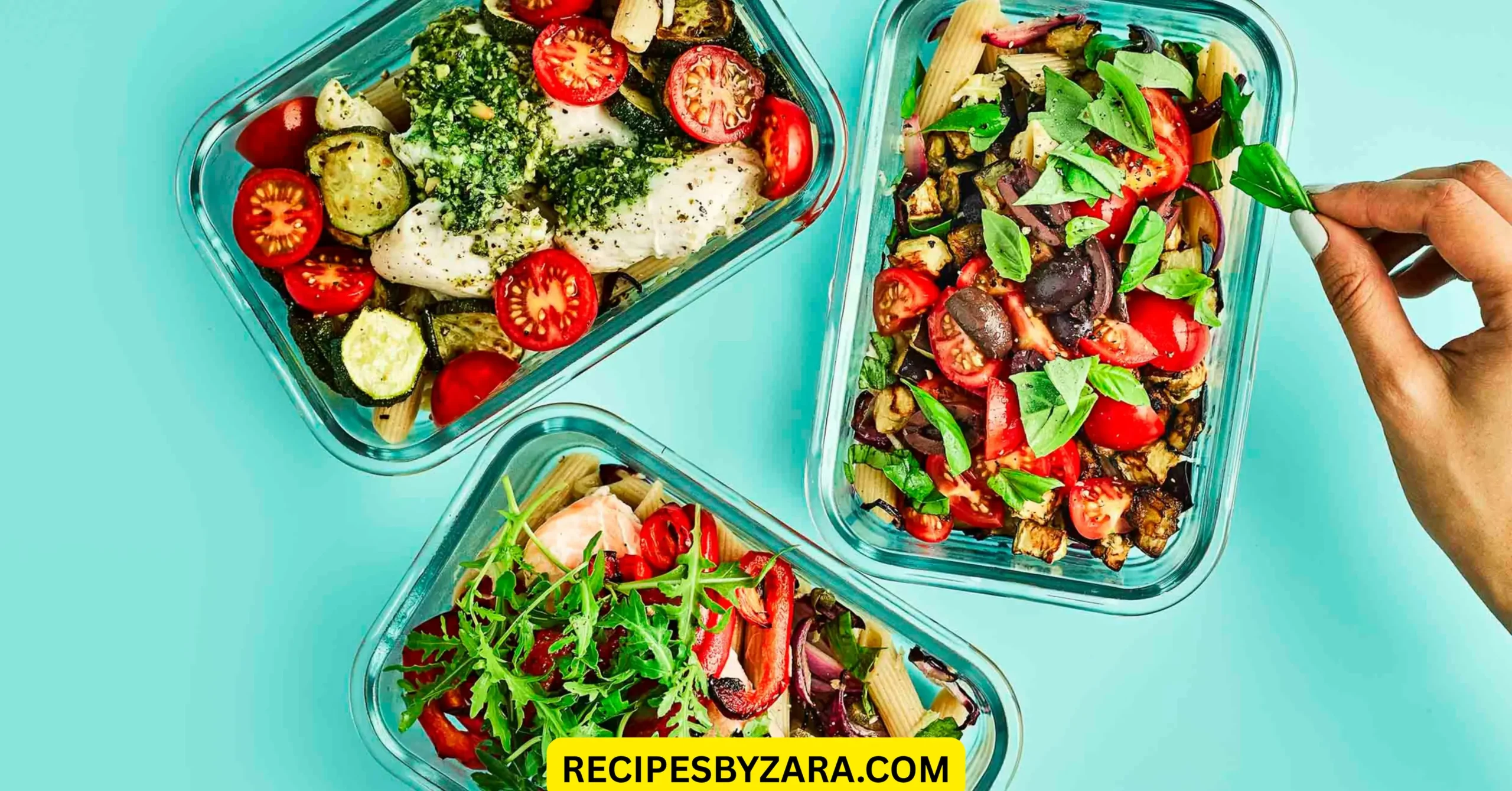
Healthy meal prep is the practice of preparing meals in advance to ensure consistent, nutritious eating habits throughout the week. It involves organizing your breakfasts, lunches, dinners, and even snacks ahead of time.
The biggest advantage of healthy meal prep is that it removes the guesswork from what you’ll eat each day. This helps prevent impulsive eating or ordering takeout, which often contributes to weight gain. It also promotes better control over portion control, balanced meals, and staying within your calorie deficit.
There are several types of meal prep, such as batch cooking, individual portion prep, and pre-chopped ingredients. Depending on your lifestyle and goals, you can choose what works best for you. All methods aim to support clean eating, reduce stress, and enhance overall diet quality.
Lastly, it’s important to understand that meal prep for weight loss doesn’t mean eating the same thing every day. You can still enjoy a variety of delicious, low-calorie meal prep options that align with your weight goals and taste preferences.
2. Setting Clear Weight Loss Goals

Before diving into healthy meal prep, you need to define what you aim to achieve. Whether it’s losing belly fat, improving energy levels, or just building better food habits, setting measurable goals is essential.
A successful weight loss journey starts with understanding your calorie deficit. This is the number of calories you need to consume below your maintenance level to lose weight effectively. Tools like MyFitnessPal and other nutrition for beginners apps can help determine your daily calorie needs.
Once you’ve calculated your target intake, it’s time to plan meals that meet your goals while remaining satisfying. Incorporating high protein meals, low carb meal prep, and proper portion control can accelerate your fat loss results.
Lastly, track your progress weekly to stay motivated. Small wins, like better portion sizes or hitting your calorie target, are signs you’re moving in the right direction with your beginner’s weight loss plan.
3. Planning Your Meal Prep Strategy
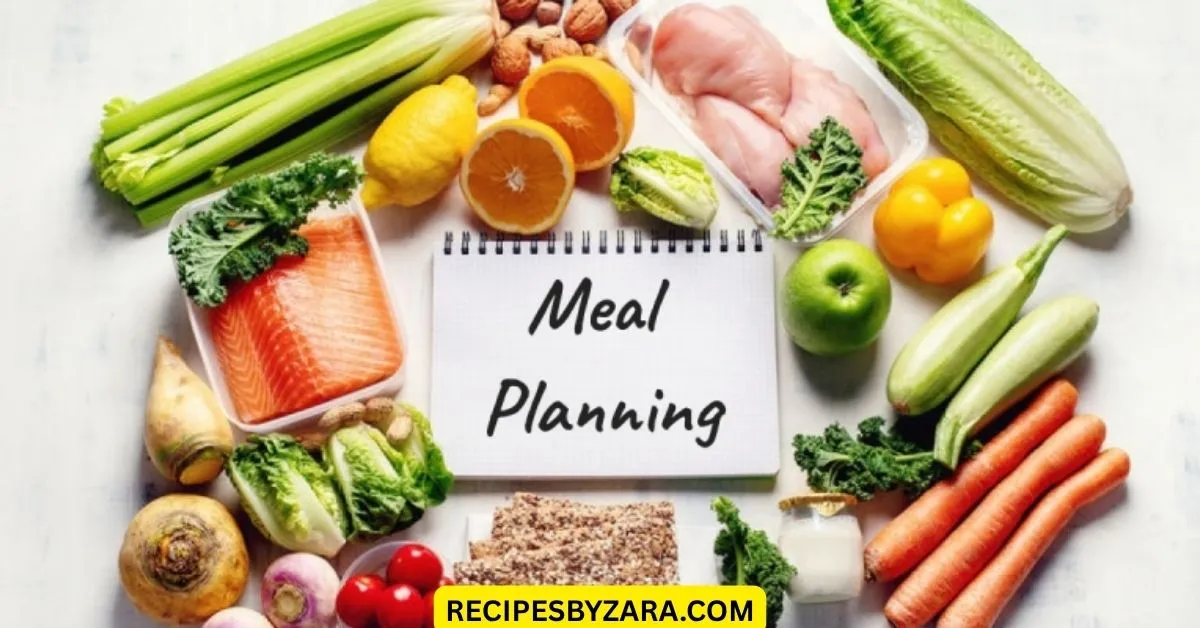
Planning is the foundation of effective healthy meal prep. Choose one day each week as your dedicated prep day. This allows you to organize and cook your meals ahead of time, ensuring you stick to your weekly meal prep routine.
Start by creating a weekly meal plan that includes balanced meals with lean proteins, healthy fats, and fiber-rich carbs. This helps you maintain energy levels and avoid cravings. Focus on variety to prevent meal fatigue swap proteins or veggies from one day to the next.
Also, aim to include at least three different nutritious meal ideas in your plan. For example, mix in fat-burning meals for lunch and make-ahead meals like quinoa bowls for dinner. Use your meal prep grocery list to streamline shopping and ensure you buy only what you need.
By maintaining a solid plan, you’re less likely to stray from your eating routine. This helps reinforce healthy food habits and contributes to long-term success in your diet for weight loss.
4. Grocery Shopping the Smart Way
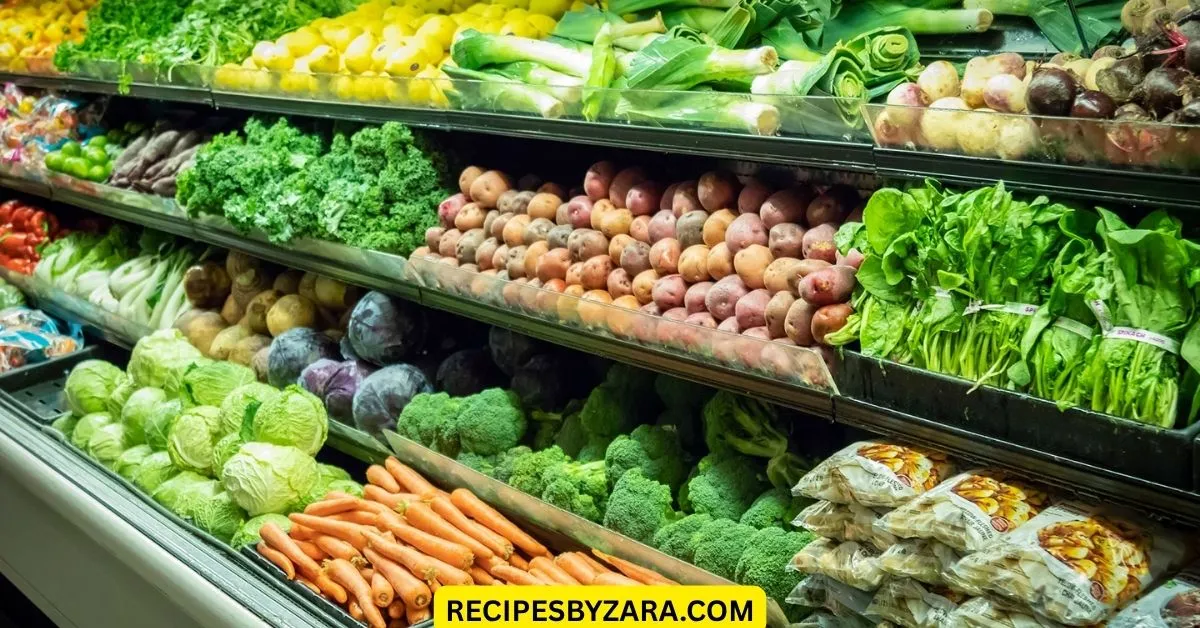
A well-planned shopping trip is essential for meal prep for weight loss. Always prepare a comprehensive meal prep grocery list before heading to the store. This helps avoid impulse buys and ensures that all ingredients align with your clean eating goals.
Stock up on whole foods like lean meats, fresh vegetables, legumes, and whole grains. These are the building blocks of low-calorie meal prep and help you feel full longer. Don’t forget healthy fats like olive oil, nuts, and seeds for better nutrient absorption.
Look for deals on bulk items to save money. Budget meal prep is possible when you buy wisely. Also, be mindful of expiration dates, especially if you’re planning freezer-friendly meals that you won’t eat right away.
Lastly, organize your kitchen with the ingredients you buy. A well-stocked pantry and fridge make it easier to commit to your weekly meal prep goals.
5. Beginner-Friendly Meal Prep Recipes
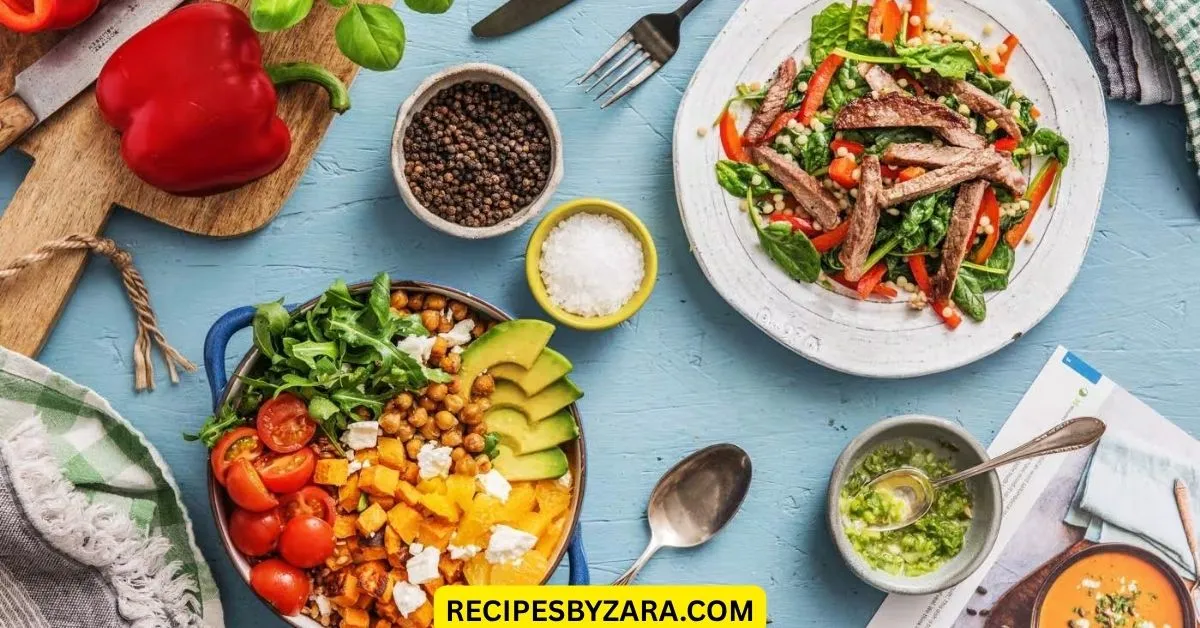
Finding simple and satisfying recipes is crucial to staying consistent with healthy meal prep. For breakfast, options like overnight oats, chia seed pudding, or high protein meals such as egg muffins are easy to make and store.
For lunch or dinner, opt for grilled chicken with roasted vegetables, stir-fry, or turkey meatballs with quinoa. These make-ahead meals are ideal for staying full and focused throughout the day.
Snacks should also be part of your plan. Try pre-portioned meals of veggie sticks with hummus, Greek yogurt, or protein bites. These options curb hunger without adding unnecessary calories.
Rotating recipes weekly keeps things interesting and helps you discover new nutritious meal ideas that support your weight loss nutrition goals.
6. Cooking & Storage Tips
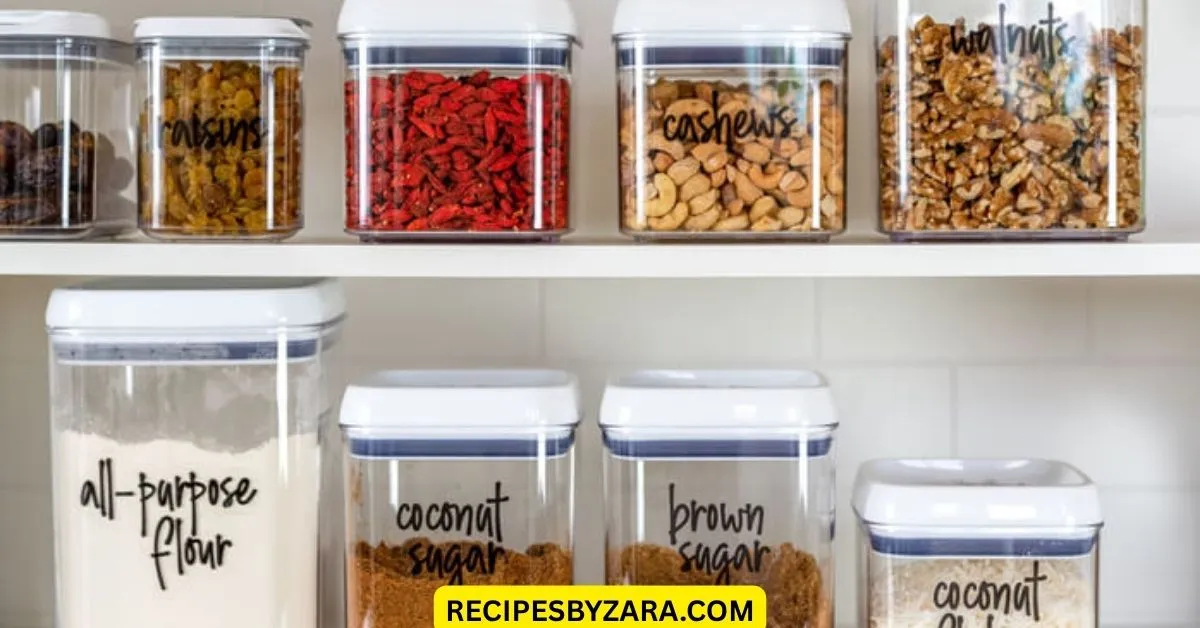
Efficient cooking methods are key to successful batch cooking for weight loss. Use multiple pans, cook in large quantities, and focus on versatile ingredients that can be used in several dishes.
Always invest in quality containers for your fridge-friendly meals and freezer-friendly meals. Use glass or BPA-free plastic containers to keep your food fresh and safe. Label each one with the prep date to track freshness.
Cook grains like rice or quinoa in bulk and store separately from proteins and veggies to maintain texture. This also allows you to mix and match for different balanced meals throughout the week.
By streamlining your kitchen workflow, you make meal prep for weight loss easier and more enjoyable. This saves time and supports your beginner meal prep guide.
7. Portion Control Techniques
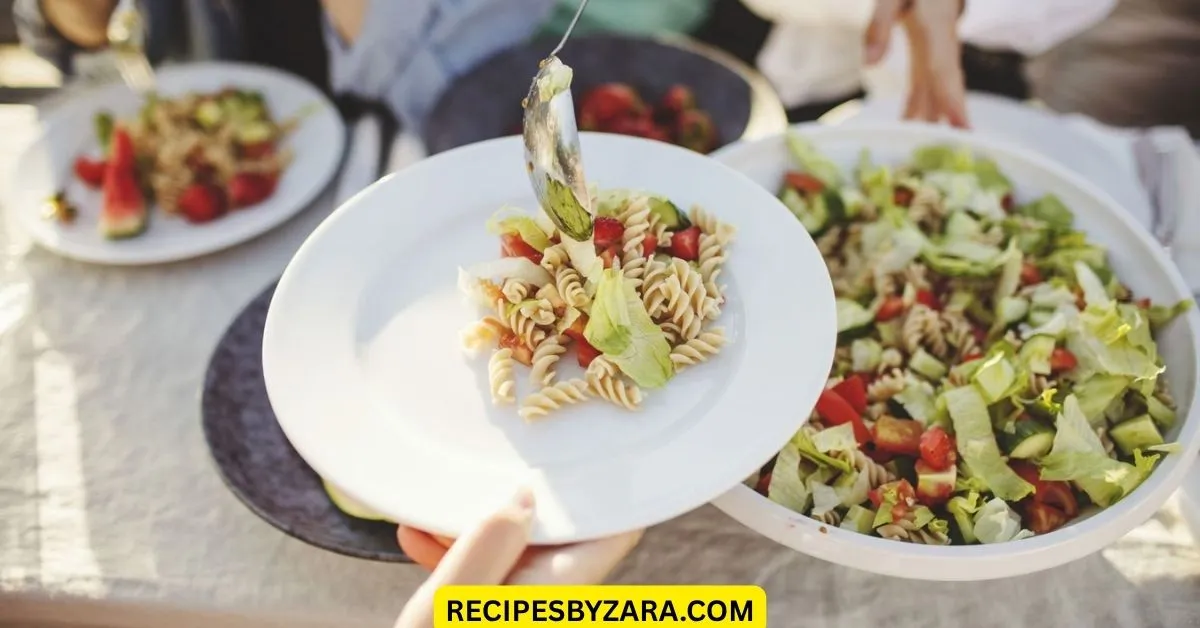
Mastering portion control is a major factor in weight loss success. Even healthy foods can cause weight gain if eaten in excess. Using tools like a food scale or measuring cups helps regulate portions accurately.
Divide your meals into pre-portioned meals right after cooking. This prevents overeating and ensures you’re sticking to your calorie deficit. Also, include a balance of protein, fiber, and healthy fats in every meal.
Meal containers with section dividers can help guide your portion control efforts visually. A good rule is to fill half your plate with vegetables, a quarter with protein, and a quarter with healthy carbs.
By consistently applying these techniques, you’ll stay aligned with your weight loss meal planning goals and avoid setbacks.
8. Staying Consistent with Meal Prep
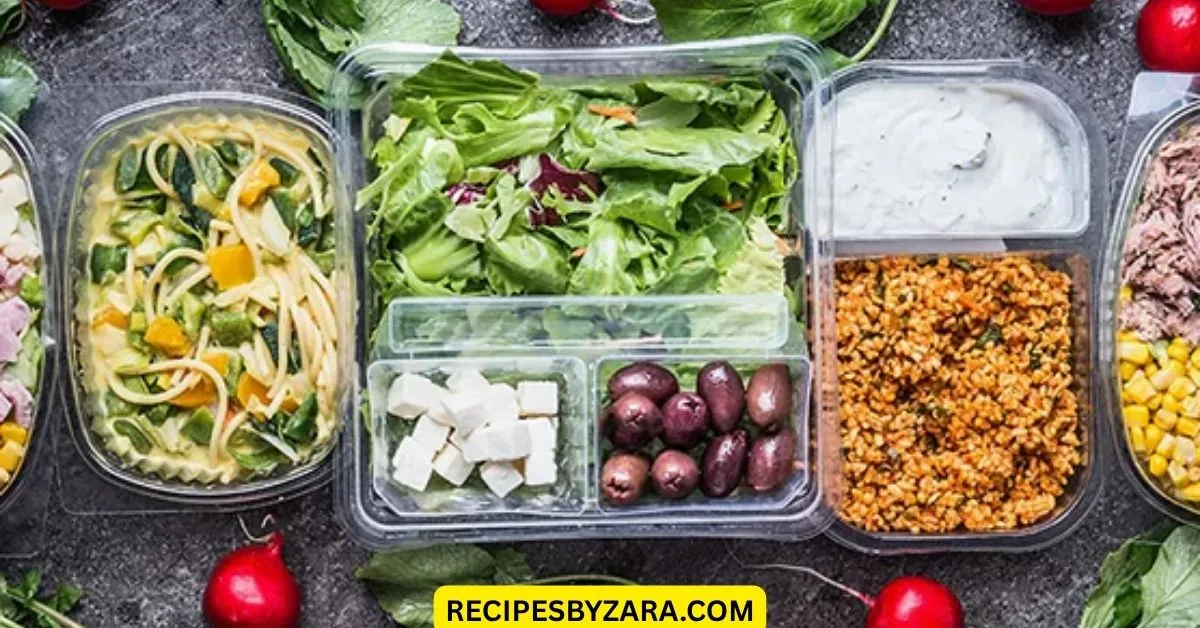
Staying committed to healthy meal prep is all about building a routine. Start small by prepping just 2-3 days’ worth of meals, then gradually increase as you build confidence.
Create habits by setting reminders and scheduling your food prep schedule. Consistency helps eliminate the stress of daily cooking and supports eating healthy consistently.
Avoid burnout by rotating easy healthy recipes and keeping ingredients fresh. Use seasonal produce and different spices to keep meals exciting.
Remember, perfection isn’t the goal. Sticking to your weekly meal prep plan even 80% of the time can lead to meaningful changes.
9. Common Mistakes to Avoid

One common error is prepping too much food, which leads to waste and discouragement. Start with fewer meals and scale up gradually as you learn what you’ll actually eat.
Avoid eating the same thing daily. It’s important to have variety to prevent boredom and nutrient gaps. Explore different clean eating meal ideas and recipes to keep things fresh.
Don’t neglect balanced meals. Skipping carbs or healthy fats can lead to energy crashes and cravings. Your meal prep for fat loss should be holistic and sustainable.
Avoid ignoring your schedule. If your plan doesn’t match your lifestyle, you’ll be less likely to follow through. Make sure your meal prep for weight loss fits into your day-to-day routine.
Conclusion
Healthy meal prep is a game-changer for anyone serious about weight loss. It reduces decision fatigue, promotes clean eating, and builds structure around your diet. As a beginner, the key is to start small, stay organized, and make gradual improvements.
When done right, meal prep for weight loss leads to more than just physical transformation. It builds confidence, saves money, and improves overall well-being. Stick to your weekly meal prep routine, embrace portion control, and enjoy the journey.
The foundation you build today will serve you for years. Now that you know how to start healthy meal prep for weight loss, it’s time to take action.
FAQs
How many days should I prepare meals as a beginner?
Most beginners find it manageable to start with 3 to 4 days of fridge-friendly meals. This prevents food from spoiling and gives you flexibility. As you become more comfortable, you can extend your prep to 5 or even 7 days.
Can meal prepping really help with weight loss?
Yes, healthy meal prep supports weight loss by providing better control over calories, portion sizes, and food choices. When you plan meals ahead, you’re less likely to overeat or make impulsive food decisions.
What if I don’t like eating the same meal every day?
You don’t have to! Meal prep can include a variety of nutritious meal ideas. Cook a few base ingredients like chicken, quinoa, and vegetables, then mix them with different spices or sauces to create multiple meals.
Do I need to count calories in every meal?
While not mandatory, tracking calories helps ensure you’re in a calorie deficit for weight loss. Apps can simplify this process, and you can also estimate portions using visual cues once you’re more experienced.
Is meal prep expensive or time-consuming?
Not necessarily. With proper planning and a solid meal prep grocery list, budget meal prep becomes easy. Plus, prepping meals at home usually costs less and saves more time than eating out regularly.
